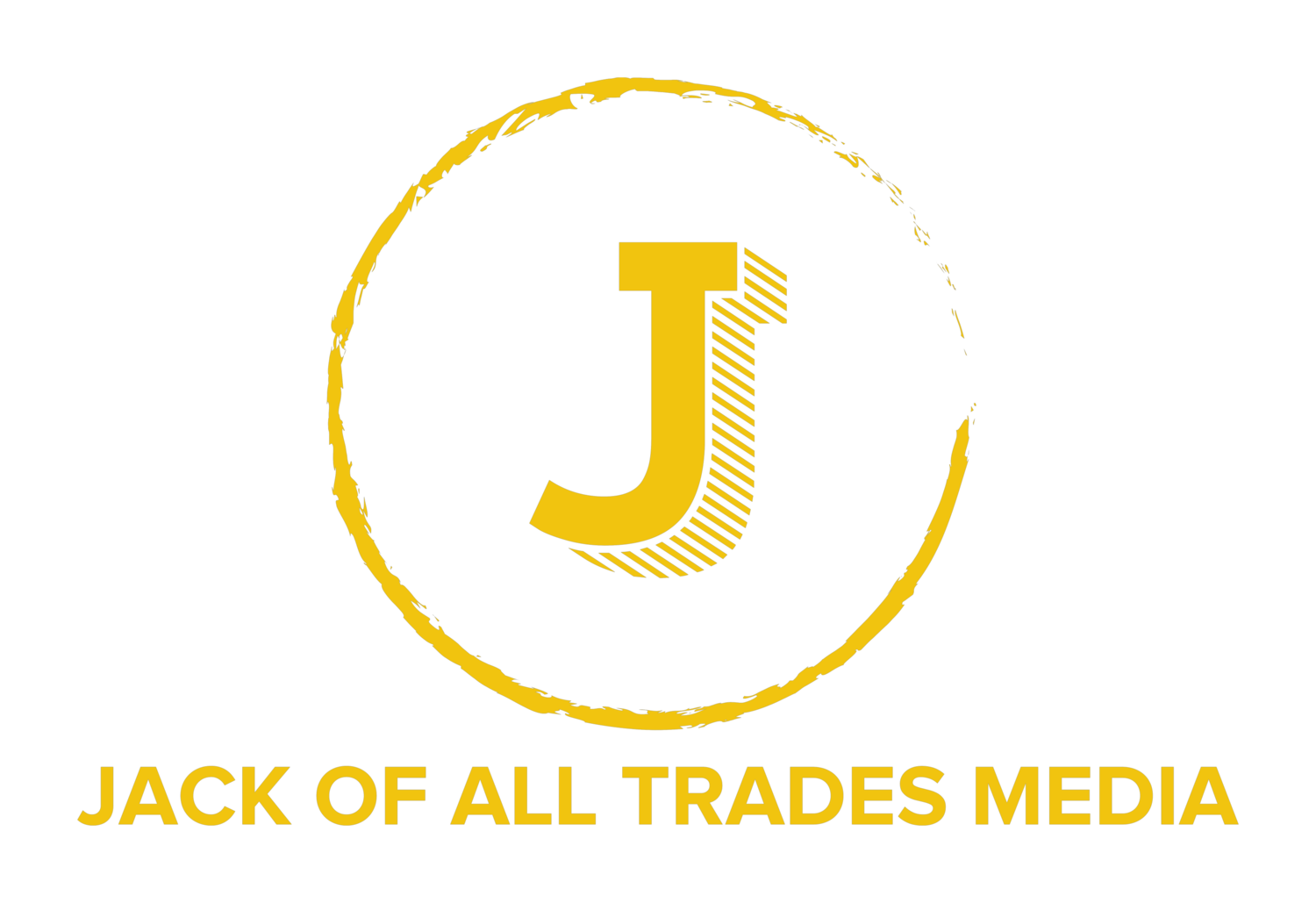Feeling a little overwhelmed about how to jump into the digital marketing world? Are you on Facebook because you’re “supposed” to be, but unsure of how to make it work for your business? How do you find the time to create content and promote consistently?
Our Social Media Marketing Bootcamp is a full-day workshop that provides best practices, LOCAL and national real-world examples alongside interactive exercises to jumpstart your social media marketing. Upon completion, you will have a well-rounded understanding of how social media marketing can help your organization, business or lead to career advancement. To ensure participants get the one-on-one attention and help they need, we have limited seats available. To signup visit, www.OFTC.EDU/REGISTRATION/ and scroll down to select Social Media Bootcamp.
This Bootcamp is for:
· Busy business owners and entrepreneurs looking for ways to increase brand awareness and attract more customers
· Non-profit, business, church leaders and managers seeking to better understand how to integrate social media marketing into their programs
· Professionals wanting to expand their marketing skillset and use platforms to better promote their personal brand
Similar to physical fitness boot camps, our social media marketing boot camp aims to generate results quickly by giving you access to the tools and techniques that WORK. Please bring your laptop or tablet as we “work out” and apply the lessons learned throughout the day.
Bootcamp Syllabus:
Social Media Fundamentals: We will take a look at the complete social media landscape and review how the top social networks work. Additionally, we’ll walk through a framework to determine which sites would work best for you.
Social Media and Digital Marketing Best Practices: We will examine real-world examples of how businesses and organizations use online platforms to drive brand awareness and results. Also, we will address employee social media policy development, how to tackle negative reviews or leverage social media during a crisis to communicate with your audience.
Social Media Strategy and Measurement: Having a strategic plan in place is the foundation to getting the results you want. We will discuss how to develop a social media strategy that connects you to your target audience and builds brand loyalty as well as how to track results.
Social Media Content Planning and Engagement: We will explore FREE resources and affordable tools that help you save time and money as you maintain your online presence through engaging content. Whether you’re looking at creating clever posts or advertisements that drive traffic to your store/website, we cover the basics and give you the chance to create your own.
BONUS TAKE-HOME MATERIALS (valued at $40):
· The Social Media Blueprint: Tools & Resources Guide – a directory of tools to help you plan, create and publish social media content.
· The Social Media Blueprint: Plan, Create, & Promote Workbook – develop your social media marketing plan and plot out up to 6 months of content with this step-by-step workbook.
BOOTCAMP LEADER:
Lakeshia M. Poole, a native of Sandersville, Ga., is the owner of Jack of All Trades Media. From promoting America’s peanut farmers, the fastest growing fast-casual Mexican food chain to the world’s largest retailer, she has accumulated nearly 15 years of marketing and communications experience. Poole has developed social media programs for a variety of companies and organizations including Wells Fargo, Moe’s Southwest Grill, Walmart, Habitat for Humanity, National Peanut Board, Boys & Girls Clubs of America and Oconee Fall Line Technical College. She’s provided social media training for an array of clients including busy franchise owners, pre-school educators, youth development professionals and as part of Social Media Week-Chicago. The Public Relations Society of America and International Association of Business Communicators recognized her and her teams for successful social media programs. Poole graduated from The University of Georgia with degrees in Public Relations and Sociology. To signup visit, www.OFTC.EDU/REGISTRATION/ and scroll down to select Social Media Bootcamp.











